A durable option for replacing missing teeth is a dental bridge.
To restore the traditional appearance and functionality of the teeth, we can fill a gap with a bridge, which is a fixed prosthetic device.
Bridges serve to support and maintain the alignment of the remaining teeth while replacing lost tooth fragments.
The cycle of issues that develop when just one tooth is gone, such as shifting and drifting of the remaining teeth, can be avoided with bridges, which are a long-term solution.
A bridge provides more support and stability inside the mouth because it is not removable, unlike dentures.
A dental bridge is what?
The teeth on either side of the gap must be crowned in order to act as stronger anchors to hold the bridge in place when a missing tooth or teeth are replaced with bridgework. Dental implants can also be used to anchor a bridge, similar to how dentures are. Many patients prefer an implant-retained bridge because it avoids the need for the dentist to place crowns on the neighbouring teeth.
Why do I need a dental bridge?
If you've lost teeth as a result of an infection or an injury, you might require a dental bridge. Your ability to enjoy food may be hampered by an exposed gap in your mouth, which may also alter the appearance of your grin and face. Missing teeth might also make the neighbouring teeth more prone to shifting, leading to biting problems. A dental bridge is a practical and aesthetic option.
What material makes up a bridge?
A dental bridge often includes of porcelain teeth fused to metal, making the prosthesis as natural-looking as possible when placed in the mouth. The substance is made to act like a typical tooth and is robust and long-lasting. Furthermore, zirconia and gold bridges are offered. The advantages of each option will be covered during the exam, along with its pros and cons.
How will your dentist install your bridge?
Your bridge treatment will likely involve two appointments. Your dentist will place a local anaesthetic and prepare your anchor teeth for dental crown placement at the initial session. The anchor teeth are strengthened by the crowns, giving your bridge more strength and stability. Then, your dentist will use the cutting-edge iTero® intraoral scanner to create digital 3D impressions of your mouth. This enhances our precision and accuracy by providing us with incredibly exact photographs of the surfaces of your teeth and gum tissue, allowing us to customise your bridge more precisely. Your restoration will feel and appear more natural as a consequence. The time between this visit and your fit appointment will be temporarily bridged. A dental laboratory will create your bridge using a mould of your teeth and gums in the interim between your first and second appointments. At your second appointment, your dentist will fit your bridge and cement it.
Can I take my bridge off?
A bridge is a permanent solution that cannot be taken down. The bridge could feel strange at first, but after wearing it for a few days, you should get used to it. You won't feel any discomfort from it. Therefore, you won't have a motive to desire to take it off.
What advantages can dental bridges offer?
An ideal way to repair missing teeth is with a bridge. In addition to the obvious cosmetic advantages, it can prevent various issues associated with tooth loss, like the unfavourable shifting of neighbouring teeth, difficulties speaking and biting, and infections of the exposed gum tissue.
How should my bridge be maintained?
As you brush and floss, pay special attention to your dental bridge. You should also make sure to thoroughly clean the gum tissue around it at least twice each day. Regular visits to the hygienist will also be beneficial.
If you are searching for a top-notch wisdom tooth removal specialist in North Dublin with a remarkable reputation in oral surgery, our state-of-the-art clinic in Bayside Medical Centre can provide you with the quality care you require.
Thank you so much to @smilehubhubdentalclinic for sorting me out with a last minute cracked tooth! 💕🙏

@sosueme